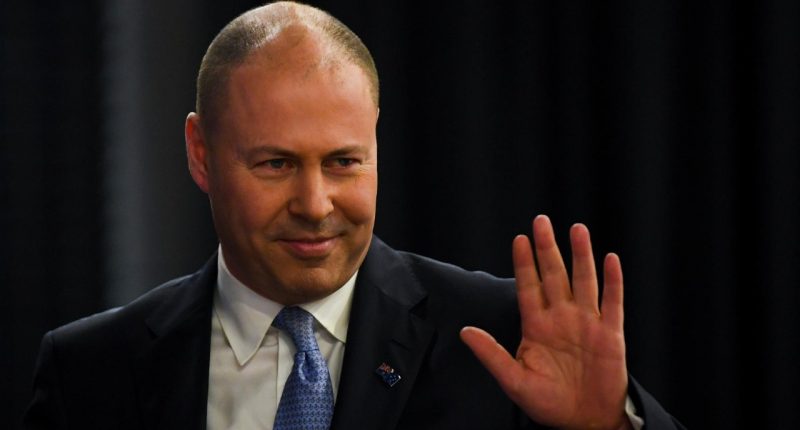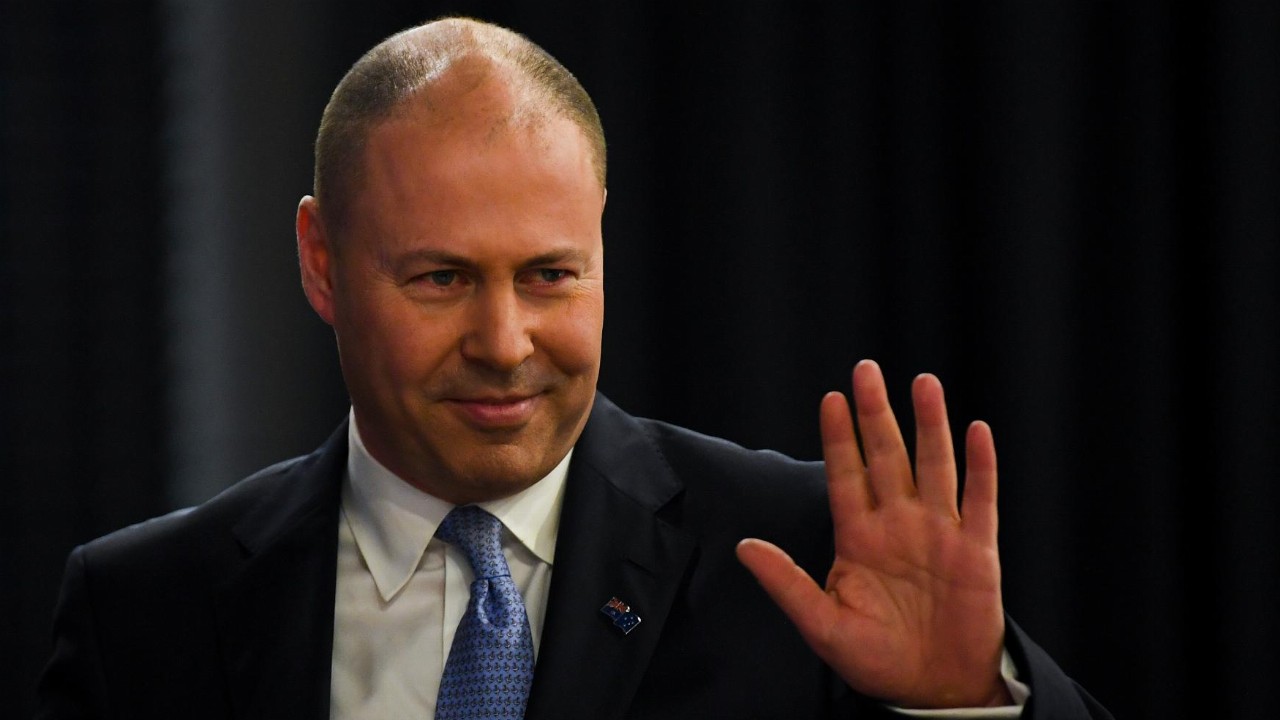- Around two million Australians stopped receiving JobKeeper subsidies over the month of October as the economy recovers from the COVID-19 pandemic, according to Federal Treasurer Josh Frydenberg
- The number of Aussie workers receiving JobKeeper payments fell from 3.6 million in September to 1.5 million in October
- The Treasurer is hailing this as a sign of economic recovery from the once-in-a-century pandemic
- Around 80 per cent of Australians who lost their job due to the pandemic are now back at work
- On the back of this, the Reserve Bank of Australia recently updated its predicted unemployment rate to 8 per cent by the end of the year, compared to the original prediction of 10 per cent
- The JobKeeper subsidy fell from $1500 to $1200 a fortnight at the end of September, with another cut slated for the start of January
Millions of Australians stopped receiving JobKeeper subsidies over the month of October as the economy recovers from the COVID-19 pandemic, according to Federal Treasurer Josh Frydenberg.
The number of Aussie workers receiving JobKeeper payments fell from 3.6 million in September to 1.5 million in October, with around 450,000 businesses nationwide leaving the program.
These figures show an improvement on the forecast from the 2020-21 Budget, which assumed 2.2 million Aussies would be on JobKeeper for the December quarter.
The Treasurer is hailing this as a sign of sturdy economic recovery as Australia reins the coronavirus pandemic in.
“The lower-than-forecast take-up of the JobKeeper Payment extension in October is further evidence that Australia’s recovery from this once-in-a-century pandemic is well underway,” Treasurer Frydenberg said.
“Recent economic data shows that outside Victoria, employment has recovered to be less than one per cent below March levels with some 650,000 jobs created in the past five months nationwide,” he said.
Around 80 per cent of Australians who lost their job due to the pandemic are now back at work — taking the effective unemployment rate from 9.3 per cent in September to 7.4 per cent in October
On the back of this, the Reserve Bank of Australia (RBA) updated its predicted peak unemployment rate to just 8 per cent by the end of this year in its latest statement on monetary policy.
This prediction is slightly above October unemployment but down from the RBA’s original prediction of around 10 per cent by the end of the year.
In Victoria, months of COVID-19 restrictions have started to ease this month and businesses have been reopening. As such, unemployment in the state has fallen from 14 per cent to 10.5 per cent since the strict lockdown ended.
“While there is still a long road ahead, these are promising signs that our economic recovery is well underway,” the Treasurer said.
The JobKeeper subsidy fell from $1500 a fortnight to $1200 a fortnight at the end of September, with another cut to $1000 a fortnight slated from the start of January.
During October, 86 per cent of recipients qualified for the full $1200 payment, with 14 per cent pocketing $750 a fortnight in the lower tier of the payment scheme.
As it stands, the scheme is set to come to an end at the end of March 2021.








